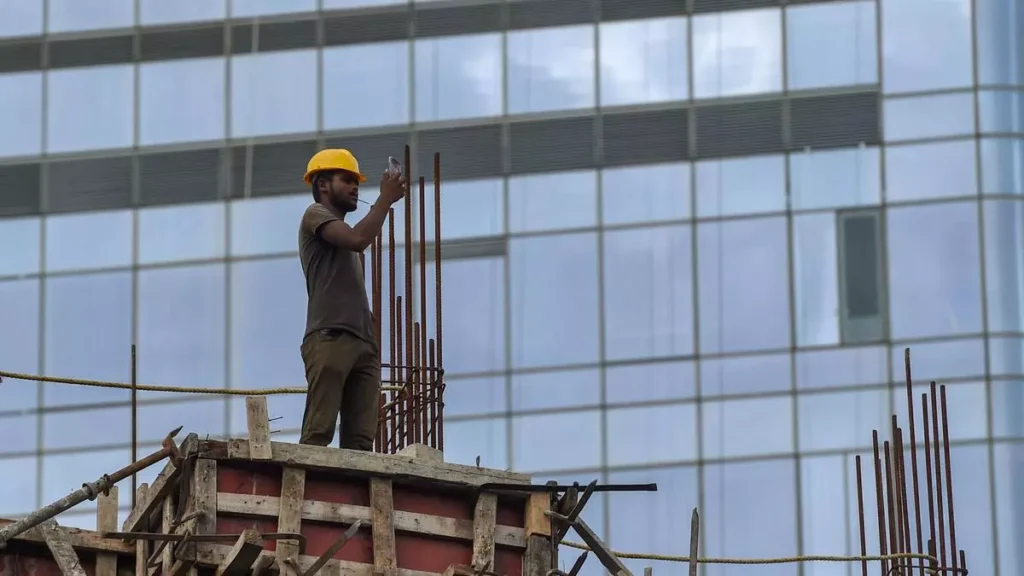Working-class movements in India predate Independence and played an important role in giving an impetus to the national movement. The economic crisis thrown up by the Second World War in the form of shortages and wage cuts created the context for such struggles. Here, Frontline traces the rich legacy of the trade union movement from the 1920s and the struggles associated with it in the 20th century.
https://buy.tinypass.com/checkout/template/cacheableShow?aid=7JJs2o4rpu&templateId=OTBUKU7PTEAT&offerId=fakeOfferId&experienceId=EX4BTGPJLJ43&iframeId=offer_02e3be32d320cc7bd1b1-0&displayMode=inline&pianoIdUrl=https%3A%2F%2Fid.tinypass.com%2Fid%2F&widget=template&url=https%3A%2F%2Ffrontline.thehindu.com
1940s
1947: Enactment of the Industrial Disputes Act for the investigation and settlement of industrial disputes.
1948: The Factories Act, which has provisions relating to the welfare, health, and safety of workers, passed.

The assembly line at Indian Telephone Industries Ltd, Bangalore, India’s first ever public sector project after Independence.
1948: Postal and Telegraph (P&T) workers give a strike notice for DA revision, confirmation of temporary employees, and sanction of strike period pay, among other things. Many union leaders are arrested in Madras and jailed for several months. There is mass victimisation of workers and union leaders.
1949: The All India Railwaymen’s Federation calls for a general strike. Pre-emptive arrests are made under sections of the Railway Service (Safeguarding of National Security) Rules.
1950s
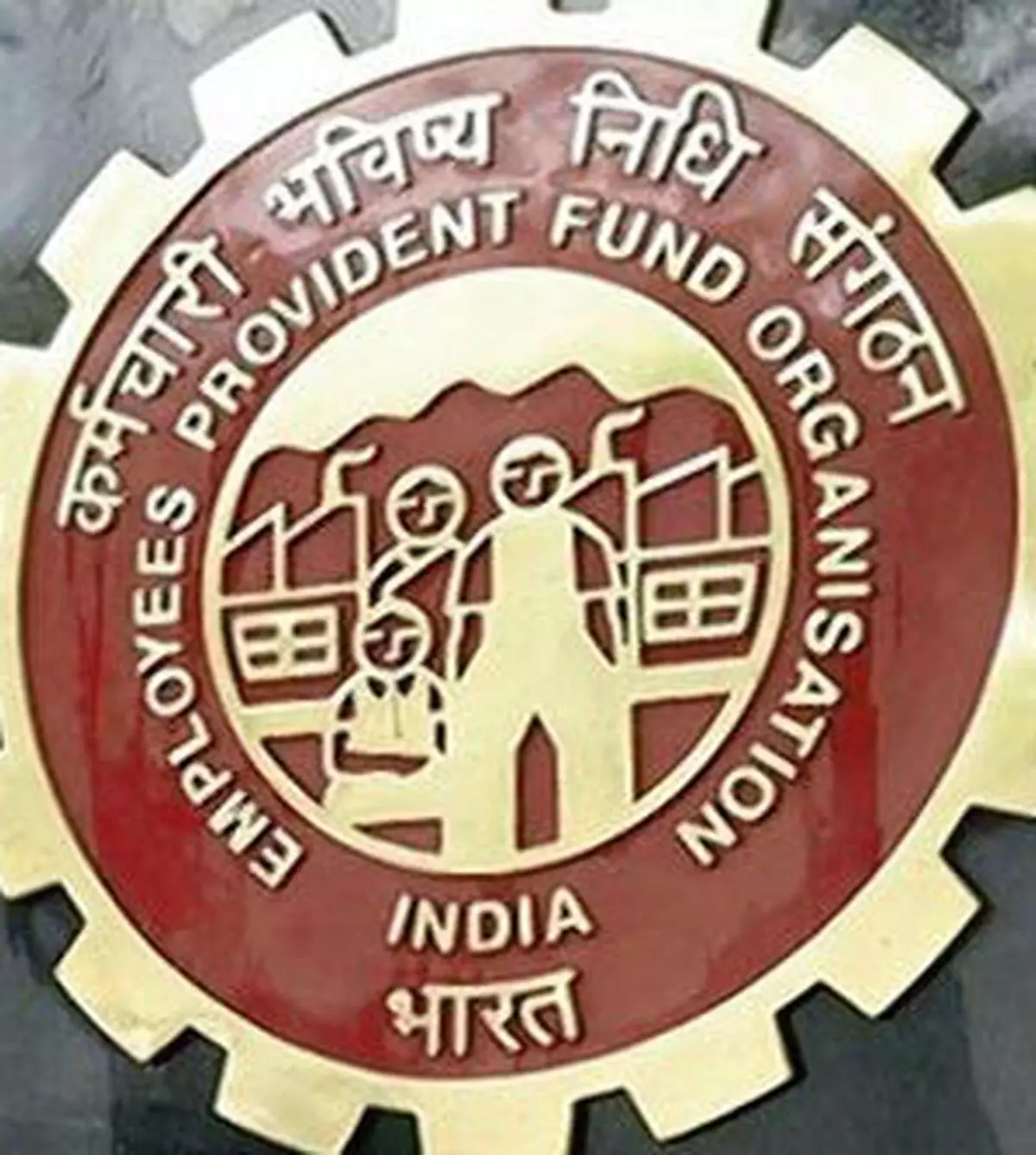
1952: The Employees’ Provident Funds and Miscellaneous Provisions Act passed.
1950-56: Railway workers in Bengal and Assam hold continuous strikes over issues of low wages and increase in working hours.
1956: Government workers in Bengal agitate for an increase in the puja allowance. P&T workers join them. An advance of Rs.50 is sanctioned. This is extended to all Central government employees after an agitation by the Confederation of Central Government Employees and Workers.
P&T employees give a strike notice for implementation of the Second Pay Commission. The government promulgates the Essential Services Maintenance Ordinance (ESMO), the precursor of the ESMA. Massive victimisation occurs. The strike is withdrawn after the appointment of the Second Pay Commission.
1957: P&T employees in Assam go on a strike demanding restoration of the Assam Compensatory Allowance. They face victimisation.
Also read: India at 75 | Timeline: Gender
1960s
1960: Central government employees declare an indefinite strike in July against the “dissatisfactory” Second Central Pay Commission. The government declares it a “civil rebellion”. The All India Trade Union Congress shows its solidarity with the strike. Seventeen workers are killed in police firing. Several are dismissed/terminated from service. Leaders such as A.B. Vajpayee, A.K. Gopalan, Ashok Mehta, R.N. Masani, Indrajit Gupta, S.M. Banerji, and Sucheta Kripalani condemn the government action and move a resolution in Parliament.
1961: Maternity Benefit Act comes into being.
1968: Southern and South Central Railway staff go on a 21-day strike in July.
1968: In September, lakhs of Central government staff participate in a strike for a need-based minimum wage, DA, and so on. The government calls it a “revolt”. Nearly 3,000 strikers are arrested in Delhi along with prominent leaders. The ESMA is invoked. Eight workers lose their lives.
1969: 30,000 workers march to Boat Club near Parliament House.
1970s
1970: Contract Labour (Regulation and Abolition) Act passed. It advocates the regularisation of contract work and the entitlement of equal pay for equal work for contract workers.
1972: Payment of Gratuity Act passed.
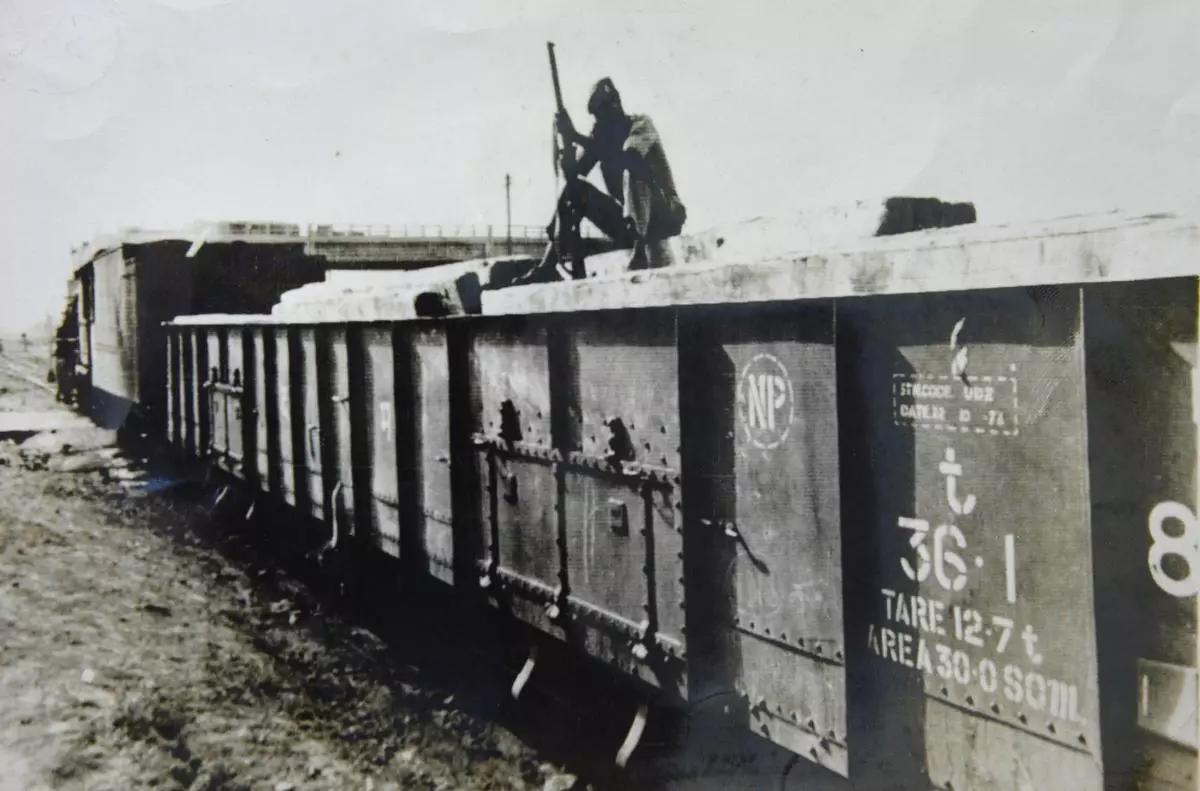
The third day of the national rail strike, an armed guard on a freight train leaving Delhi.
1974: The National Coordination Committee of Railwaymen’s Struggle gives a call for a strike from May 8. The strike begins a week before the notified date and goes on for 20 days. Barring the Indian National Trade Union Congress, all trade unions join in. George Fernandes, the NCCRS general secretary, and top union leaders are arrested. The paramilitary forces are called in. Water and electricity are disconnected in railway quarters. General repression is let loose by the government. The strike receives support from other government employees and becomes a milestone in the history of trade union struggles. Later, the Janata Party government agrees to the demand for bonus.
1977: In June, twelve miners in Dalli-Rajhara in Chhattisgarh are shot dead as they protest against the arrest of their leader, Shankar Guha Niyogi, founder of the Chhattisgarh Mines Shramik Sangh, later known as the Chhattisgarh Mukti Morcha. The organisation gave a call for an indefinite strike in September demanding better working conditions for miners. In September 1991, Niyogi is assassinated at his home.
1979: The Inter-State Migrant Workmen (Regulation of Employment and Conditions of Service) Act to protect the rights of migrant workers passed.
Also read: India at 75 | Timeline: Environment
1980s
Central trade unions come together to form the National Campaign Committee. The last rally to Boat Club is held in 1980 as the government prohibits protests there.
1982: In a countrywide strike on January 19 peasants and agricultural workers also take part. Ten workers lose their lives, including three agricultural workers from Tamil Nadu. Trade unions begin observing January 19 as Martyrs’ Day.

April 1983: Children at work in a slate-making unit at Markapur in Andhra Pradesh.
1982–83: The 18-month-long Great Bombay Textile Strike led by Datta Samant demanding better wages and bonuses brings the city to a standstill. Some 90,000 workers are laid off. Mill owners then sell their lands, and industries move out of Bombay.
1984: A one-day strike by P&T workers against the exploitation of extra-departmental agents (ad hoc workers).
1986: The Child Labour (Prohibition and Regulation) Act comes into being.
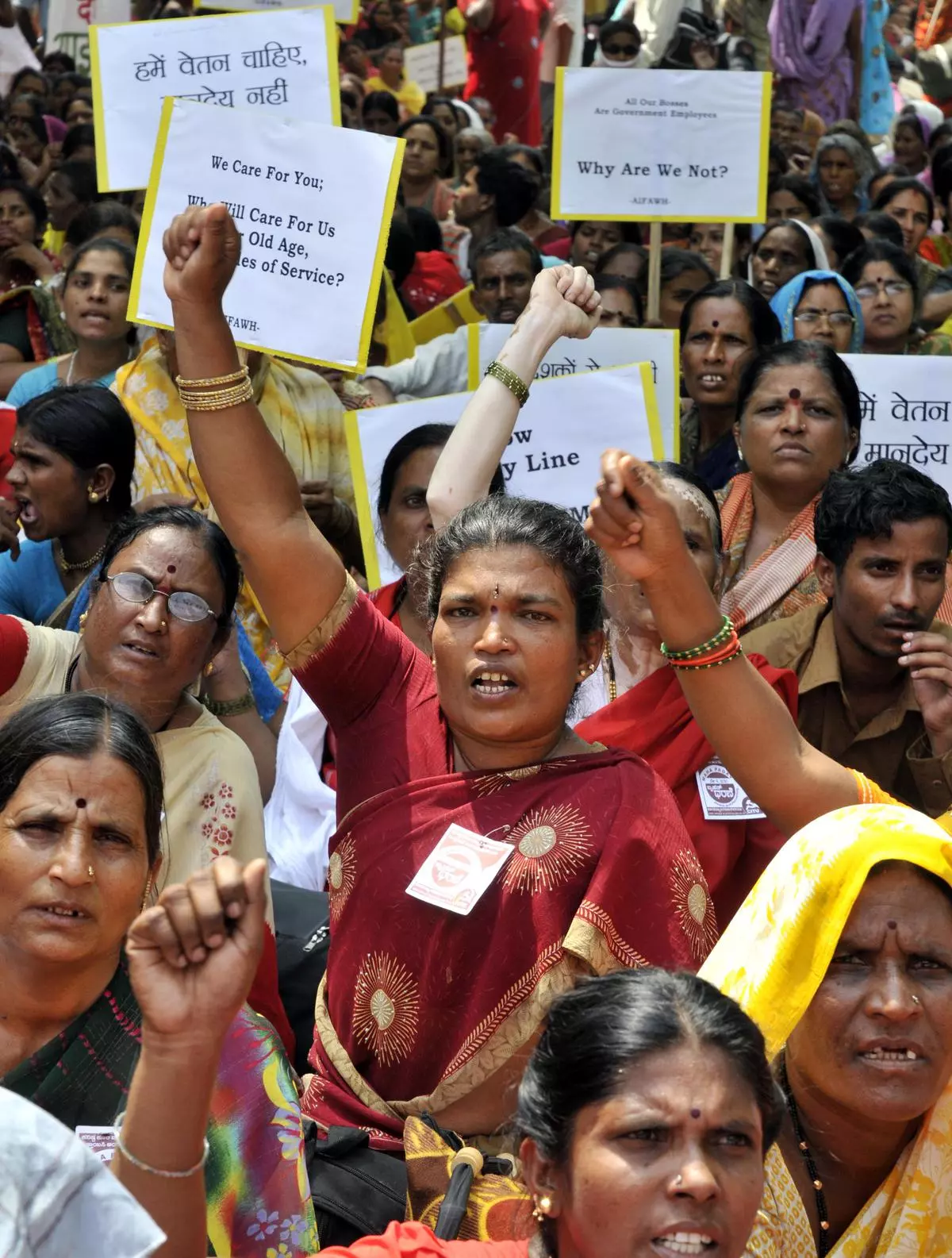
Members of the All India Federation of Anganwadi Workers and Helpers at protest rally at Jantar Mantar in New Delhi on May 4, 2010.
1989: The All India Federation of Anganwadi Workers and Helpers is formed.
1990s
1991: P&T employees in Assam go on a 37-day strike for restoration of the Special Duty Allowance.
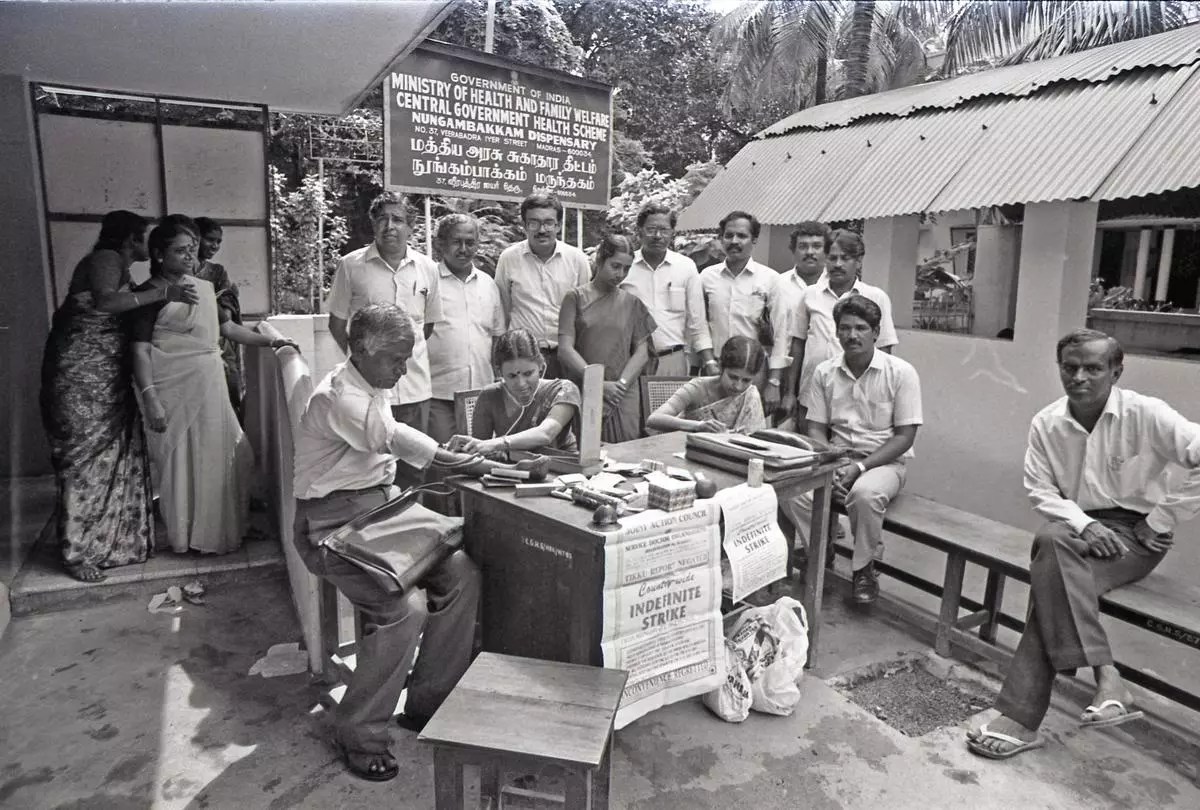
November 12, 1991: Striking doctors of the Central Government Health Services outside a dispensary in Madras.
1991 November: An all-India strike call is given against neoliberal economic policies.
1993: Telecom workers protest against privatisation of telecom services.
1995: Telecom workers go on a five-day strike against telecom sector privatisation.
1996: A landmark judgment relating to child labour in M.C. Mehta vs State of Tamil Nadu directs appropriate governments to set up a child labour rehabilitation and welfare fund.
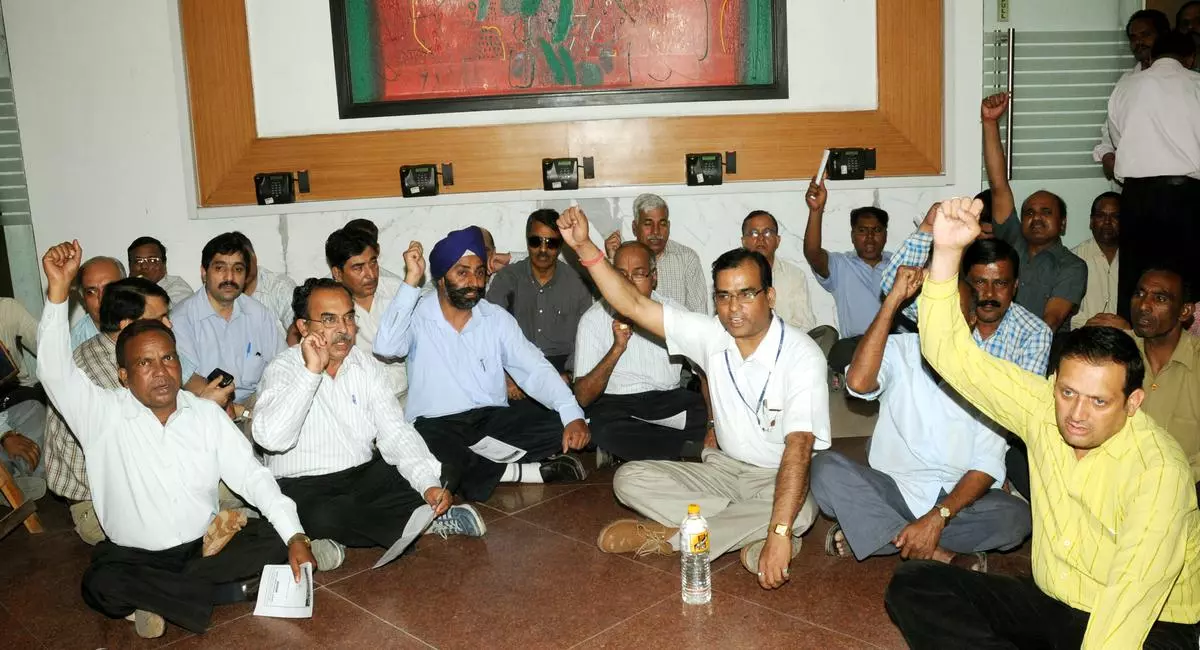
BSNL employees on strike to protest against proposals of divestment and voluntary retirement, in New Delhi on April 20, 2010.
1993 to date: Telecom workers continue to agitate on a range of issues such as expansion of telecom services, wage revision, revival of BSNL, and disinvestment.
Also read: India at 75 | Timeline: Art
2000 onwards
2002: Second National Labour Commission recommends simplification of labour laws into four or five codes.
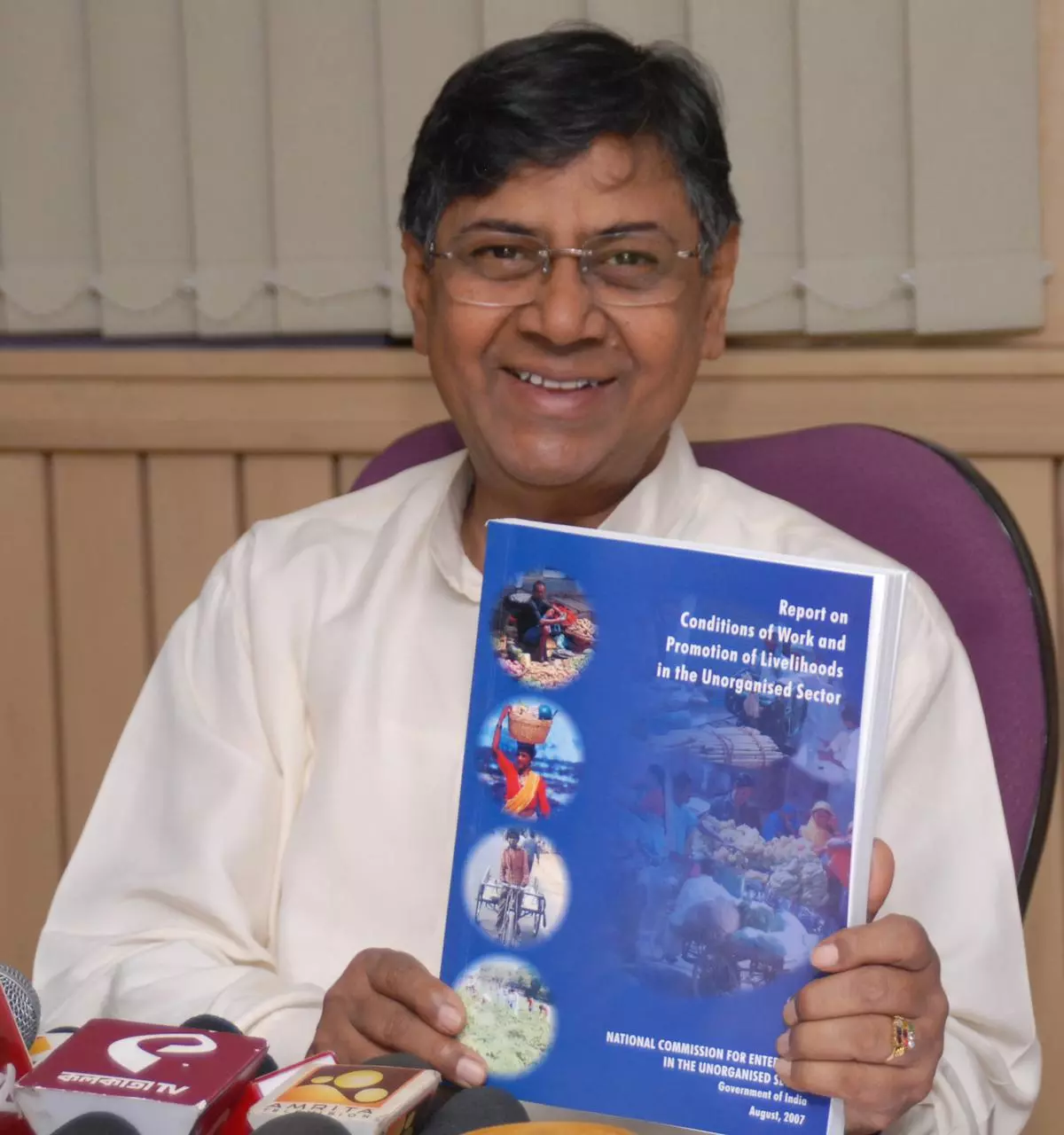
Arjun Sengupta, Chairman, National Commission for Enterprises in the Unorganised Sector.
2011: Arjun Sengupta Committee report on the unorganised sector estimates that 92 per cent of the workforce is in the informal sector.
2014: The Bharatiya Mazdoor Sangh, the RSS trade union affiliate, steps out from the joint platform of trade unions. The Congress-affiliated INTUC is now a part of all trade union actions along with other central trade unions.
2015: Central trade unions object to the amalgamation and dilution of labour laws.
2020-21: Forty-four labour laws and their 1,200 sections are amalgamated into four codes to enhance ease of doing business. The Industrial Disputes Act is amended to make it easy for employers to hire and fire workers.
At a rally in Erode, Tamil Nadu, on April 22, 2022, members of the AITUC Erode District Committee urging the Central government to repeal the four labour codes.
2020: In September, Parliament passes the Industrial Relations Code, the Social Security Code, and the Occupational Safety, Health and Working Conditions Code. Code on Wages is yet to be passed.

